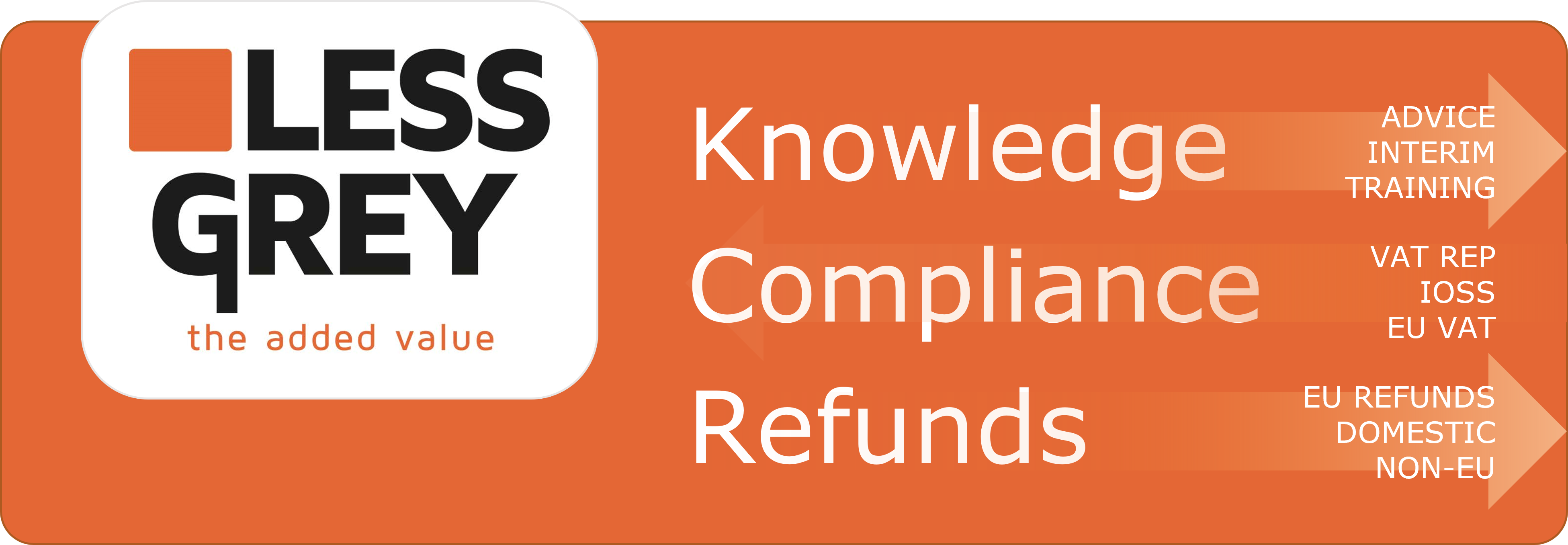On Oct 1, 2020, the ECJ issued his decision on C-331/19 (Staatssecretaris van Financiën vs X) related to the Definition of term ‘foodstuffs for human consumption. This case is about VAT rates and deals with art. 98 of the EU VAT Directive 2006/112/EU. In short,t he Court of Justice of the EU feels that for aphrodisiacs, the reduced VAT rate does not apply. However, it is up to the Dutch Supreme Court to verify this.
Article in the EU VAT Directive
Article 98 of the EU VAT Directive 2006/112/EU
Article 98
1. Member States may apply either one or two reduced rates.
2. The reduced rates shall apply only to supplies of goods or services in the categories set out in Annex III. The reduced rates shall not apply to electronically supplied services.
3. When applying the reduced rates provided for in paragraph 1 to categories of goods, Member States may use the Combined Nomenclature to establish the precise coverage of the category concerned.
Facts
Mrs. X operates a sex shop, which sells sex-stimulants such as Libidoforte, Spanish fly and Rush herbal poppers. Those are capsules, drops, powders and sprays that are intended to be taken orally. The company applied the reduced VAT rate to the sales of these products, treating them as ‘foodstuffs’. The inspector states that the reduced 6% rate was wrongly applied to the sale of these resources. The tax authorities take the view that the products were not foodstuffs and were therefore subject to the general VAT rate. According to the Court of Appeal of The Hague, the substances intended for oral use can be regarded as food and drink products that are customarily used for human consumption. This is because they contain components – mainly of vegetable and / or animal origin – which are specific to foods intended for human use. It doesn’t matter that they are used for aphrodisiac.
Considerations
Value added tax (‘VAT’) is an indirect tax. This means that its economic burden is entirely passed on to the consumer of goods and services, which in fact he bears. To limit this price-determining effect of the tax on certain goods and services considered to be of particular social interest, the legislator has provided for a number of VAT exemptions and the possibility of applying a reduced VAT rate. The latter option includes foodstuffs and also products intended for use in their preparation or to supplement or replace them.
However, as the case-law of the Court shows on this issue, the classification of certain goods in those categories faces difficulties. In the present case, the Court has the opportunity to define these terms in more detail, which should reduce the number of litigation on them in the future, although it will undoubtedly not be able to prevent all litigation.
In the usual sense, foodstuffs intended for human consumption must be treated in the same way as ‘foodstuffs’, that is to say, products used by humans for the absorption of nutrients. The purpose of this process is to provide the organism with nutrients, that is, components that serve to build up, provide energy and regulate it, as well as water. These components are a condition for the maintenance, functioning and development of the organism.
The definition of the term ‘foodstuffs for human consumption’ will therefore include all products (processed or unprocessed) that provide the human organism with nutrients and are consumed to administer those substances.
Questions
Must the term ‘foodstuffs for human consumption’ used in point 1 of Annex III to the 2006 VAT Directive be interpreted as covering, in accordance with Article 2 of Regulation (EC) No 178/2002 of the European Parliament and of the Council of 28 January 2002 laying down the general principles and requirements of food law, any substance or product, whether processed, partially processed or unprocessed, intended to be, or reasonably expected to be ingested by humans?
If this question is answered in the negative, how must that term then be defined?
If edible or potable products cannot be regarded as foodstuffs for human consumption, on the basis of which criteria must it then be assessed whether such products can be regarded as products normally used to supplement foodstuffs or as a substitute for foodstuffs?
AG Opinion
Point 1 of Annex III to Council Directive 2006/112/EC of 28 November 2006 on the common system of value added tax must be interpreted as meaning that the term ‘foodstuffs for human consumption’ contained therein means products which contain nutrients and which are consumed principally in order to provide the human body with those nutrients, whereas the term ‘products normally used to supplement foodstuffs or as a substitute for foodstuffs’ means products which are not foodstuffs but which contain nutrients and are consumed in place of foodstuffs in order to provide the body with those nutrients, and also products consumed with a view to enhancing the nutritional functions of foodstuffs or their substitutes.
Decision
The concepts of “food intended for human consumption” and “products normally used to supplement or replace food”, appearing in Annex III, point 1, to Council Directive 2006/112 / EC of 28 November 2006, relating to the common system of value added tax, must be interpreted as meaning that they relate to all products containing constituent nutrients, energy and regulators of the human organism, necessary for the maintenance, functioning and development of this organism, consumed in order to provide these nutrients to it.
Source Curia
Reference to the ECJ case in the EU Member States
- France – Reduced rates – Products for human consumption
- Italy – Reduced VAT rate of 10% for food supplements effective 17 December 2023
- Italy – Introduction of a Specific Provision for 10% VAT Rate on Food Supplements
- Italy – Ruling 337: Reduced VAT for supplements classified as “food preparations”
Newsletters:
- Are aphrodisiac products food? – The X case – marcusward.co:
- Francisco Javier Sánchez Gallardo
- BTW jurisprudentie in Dutch
- Comments on C-331/19
- Join the Linkedin Group on ECJ VAT Cases, click HERE
- VATupdate.com – Your FREE source of information on ECJ VAT Cases















